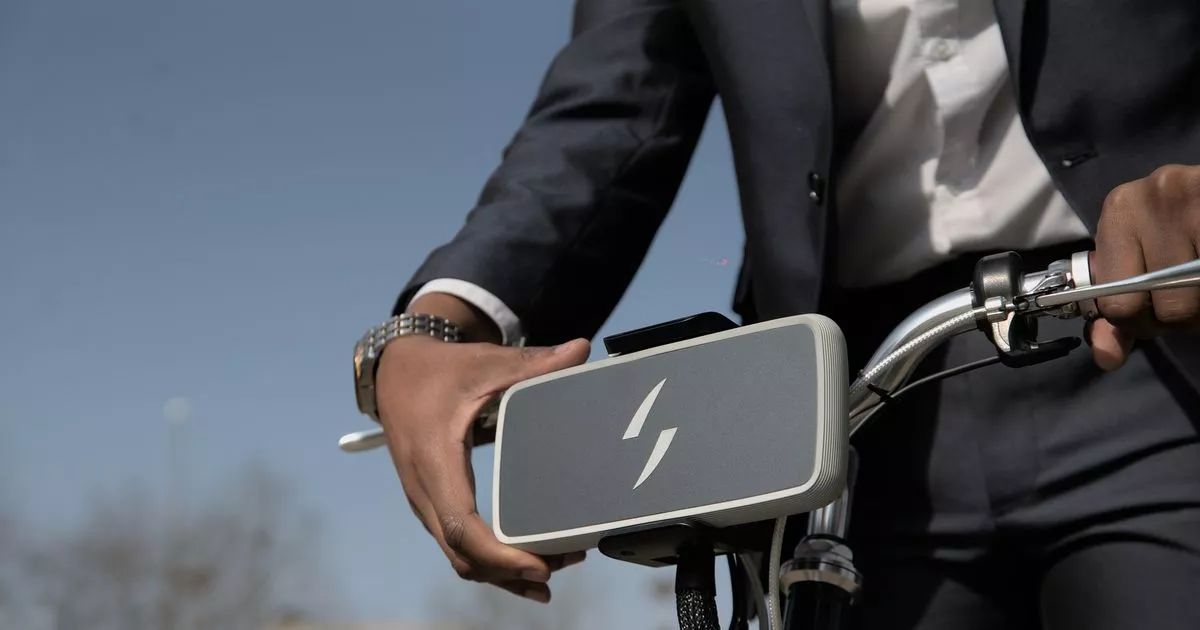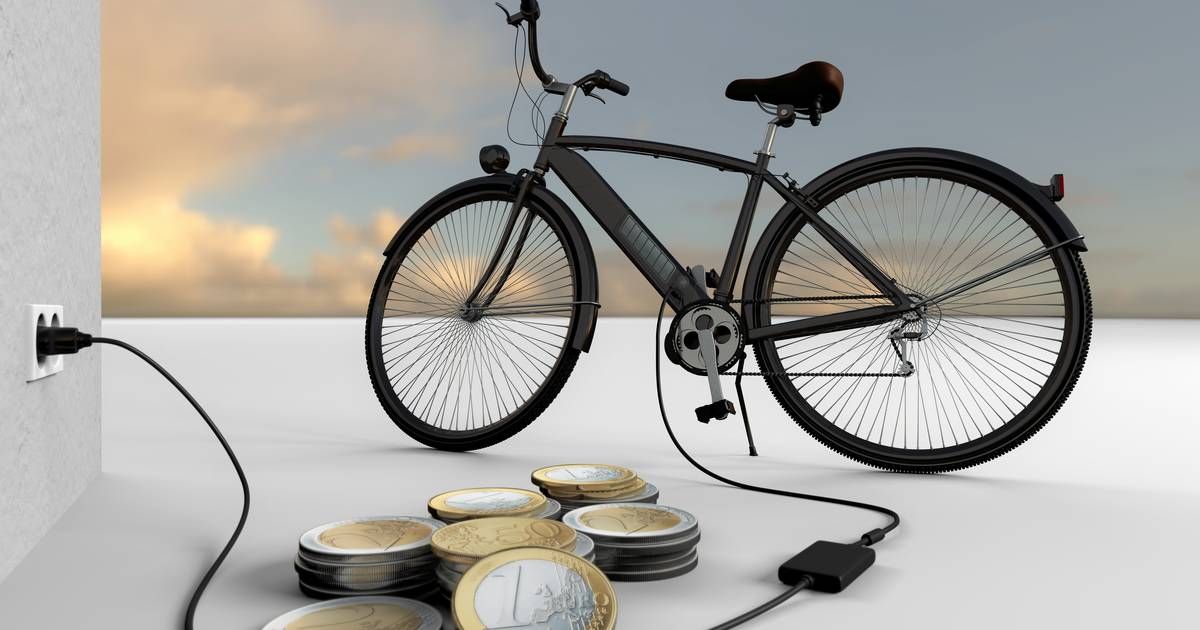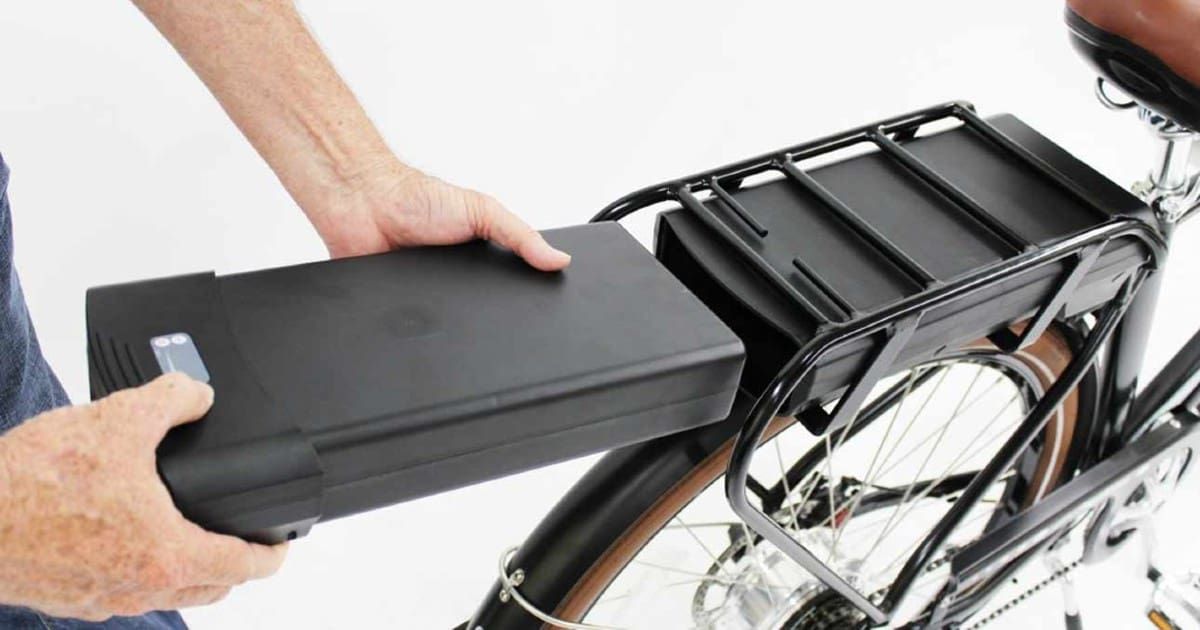Electric bike battery life refers to the duration a battery can power the bike before needing to be recharged. It is typically measured in miles or kilometres, indicating the distance the electric bike can travel on a single charge.
Electric bike batteries typically last between 20 to 50 miles on a single charge, depending on factors like the battery’s capacity, rider’s weight, and terrain. With regular use and proper maintenance, these batteries can generally endure around 500 to 1,000 charge cycles before needing replacement.
Electric bike batteries typically last between 2 to 10 years, depending on factors such as usage, battery type, and maintenance. On average, you can expect a lithium-ion battery, the most common type for electric bikes, to cover around 500 to 1,000 charge cycles. Proper care, such as avoiding extreme temperatures and regular charging, can help extend the lifespan of the battery.
Types of electric bike batteries

Electric bikes, also known as e-bikes, use different types of batteries to power their electric motors. Here are three common types:
-
Lithium-ion Batteries:
- Lithium-ion batteries are widely used in electric bikes due to their high energy density and lightweight design.
- They offer a longer lifespan compared to other battery types and provide a good balance between weight and performance.
- Lithium-ion batteries are rechargeable and commonly found in various electronic devices.
-
Nickel Batteries:
- Nickel batteries include Nickel-Cadmium (NiCd) and Nickel-Metal Hydride (NiMH) types.
- While they were popular in the past, they are less commonly used in modern electric bikes due to their lower energy density and heavier weight.
- Nickel batteries have a lower environmental impact compared to some other types, but their usage has declined in favour of lithium-ion technology.
-
Lead Batteries:
- Lead batteries, specifically Sealed Lead-Acid (SLA) batteries, are heavier and have a lower energy density compared to lithium-ion batteries.
- They are cost-effective but are less common in electric bikes today due to their weight and shorter lifespan.
- Lead batteries require regular maintenance and have largely been replaced by lighter and more efficient lithium-ion alternatives.
How To Extend The Life Of Your Ebike Battery?
To extend the life of your e-bike battery, a few simple practices can make a significant difference. First, avoid letting your battery fully discharge regularly; instead, recharge it when it reaches around 20-30% capacity. Store your e-bike in a cool, dry place, as extreme temperatures can impact battery performance.
When charging, use the manufacturer’s recommended charger, and don’t overcharge the battery. Try to keep your e-bike at a moderate speed, as high speeds can consume more energy. Regularly check and maintain proper tire pressure, as it can affect the bike’s efficiency. Lastly, if you won’t be using your e-bike for an extended period, store it with a partially charged battery, ideally around 50%. Following these tips can help ensure a longer and healthier life for your e-bike battery.
Charge Cycles Are Important For E-Bikes
Charge cycles play a crucial role in the performance and longevity of e-bike batteries. A charge cycle refers to the process of charging a battery from 0% to 100% and then discharging it back to 0%. Understanding and managing charge cycles is vital because every battery has a limited number of cycles before its capacity diminishes.
For instance, lithium-ion batteries, commonly used in e-bikes, may have several hundred charge cycles. Efficiently managing these cycles by avoiding frequent deep discharges and keeping the battery within an optimal charge range can extend its overall lifespan. E-bike users are often advised to recharge the battery before it drops too low and avoid overcharging. Being mindful of charge cycles, electric bikes last help ensure the longevity and reliability of the e-bike’s battery, allowing riders to enjoy sustained performance over an extended period.
Should You Charge Your Electric Bike Battery Often?
It’s generally a good practice to charge your electric bike battery regularly rather than letting it fully deplete before recharging. Lithium-ion batteries, commonly used in electric bikes, don’t have a “memory effect,” so frequent charging doesn’t harm them.
Keeping your battery charged between 20% and 80% can help prolong its lifespan. Additionally, it’s essential to follow the manufacturer’s guidelines on charging frequency and avoid leaving the battery in a fully discharged state for an extended period. Regular charging not only ensures that your electric bike is ready to go whenever you need it but also contributes to maintaining the overall health and longevity of the battery.
Battery For Electric Bike
| Battery Type | Advantages | Considerations |
| Lithium-ion | Lightweight, high energy density, longer lifespan | Proper charging is crucial, can be more expensive |
| Nickel (NiCd, NiMH) | Lower environmental impact, cost-effective | Lower energy density, heavier weight |
| Lead-Acid (SLA) | Cost-effective, readily available | Heavier, lower energy density, shorter lifespan |
How to extend your electric bike’s battery life?
- Proper Charging: Charge your electric bike’s battery regularly, but avoid overcharging. Disconnect it from the charger once it’s fully charged to prevent unnecessary stress on the battery.
- Avoid Full Discharge: Try not to completely drain the battery before recharging. Regularly recharge when the battery level is around 20-30% to help maintain its overall health and longevity.
- Store in Cool Places: When not in use, store your electric bike in a cool, dry place. Extreme temperatures, especially heat, can negatively impact the battery’s lifespan.
- Gentle Riding: Opt for smoother acceleration and avoid rapid starts and stops. Gentle riding habits put less strain on the battery and contribute to a longer life for your electric bike’s power source.
- Regular Maintenance: Keep your electric bike well-maintained. Check tire pressure, ensure proper chain lubrication, and inspect the overall bike condition. A well-maintained bike is more efficient, putting less strain on the battery during operation.
Frequently Asked Questions
How many charging cycles can an electric bike battery endure?
Most electric bike batteries can endure around 500 to 1,000 charging cycles. After this, the battery’s capacity may gradually decrease.
Can I extend the life of my electric bike battery?
Yes, regular maintenance, proper charging habits, and avoiding full discharges can contribute to extending the life of your electric bike battery.
What affects the lifespan of an electric bike battery?
Factors such as temperature, frequency of use, charging practices, and the type of battery all influence the lifespan of an electric bike battery.
How do I know when it’s time to replace my electric bike battery?
When you notice a significant decrease in range or the battery no longer holds a charge effectively, it may be time for a replacement. However, this typically occurs after several years of use.
Conclusion
The lifespan of an electric bike battery depends on various factors such as the type of battery, usage patterns, and maintenance practices. Generally, lithium-ion batteries, the most common type, can last for several years with proper care. On average, expect a well-maintained electric bike battery to provide around 500 to 1,000 charge cycles.
Regular charging, avoiding deep discharges, and storing the bike in moderate temperatures contribute to prolonging the battery’s life. As technology advances, we can anticipate improvements in battery technology, potentially extending the overall longevity of electric bike batteries. Adopting good habits and staying informed about the specific needs of your electric bike’s battery will help you maximize its lifespan and enjoy longer rides over time.

I’m passionate electric scooter enthusiast and the voice behind this blog. I’m here to share my expertise and insights with you. From in-depth reviews to problem-solving guides, my goal is to help you make the most of your electric scooter experience.











![Gomyfinance.com Invest: I Made $5,000 in My First Month [Real Results 2025]](https://electopolo.com/wp-content/uploads/2025/05/Gomyfinance.com-Invest-I-Made-5000-in-My-First-Month-Real-Results-2025-150x150.jpg)


